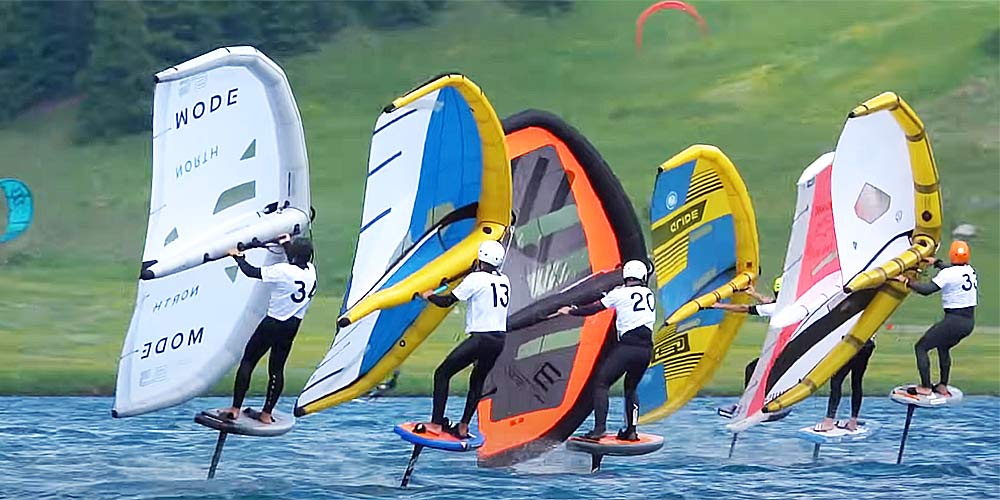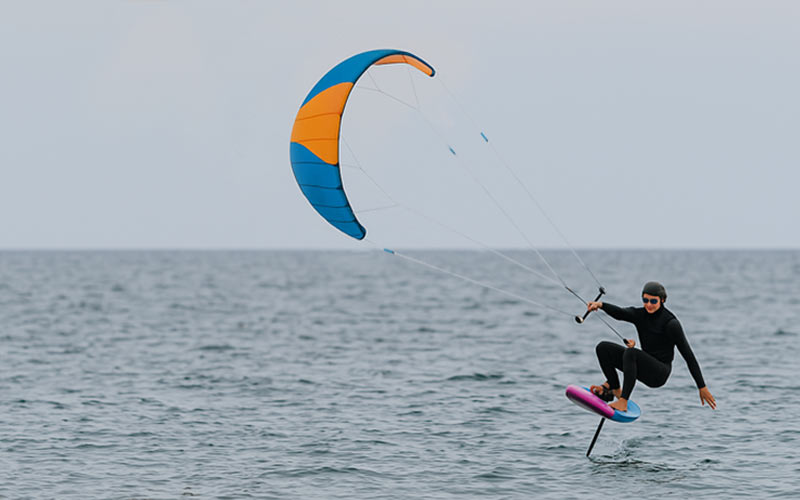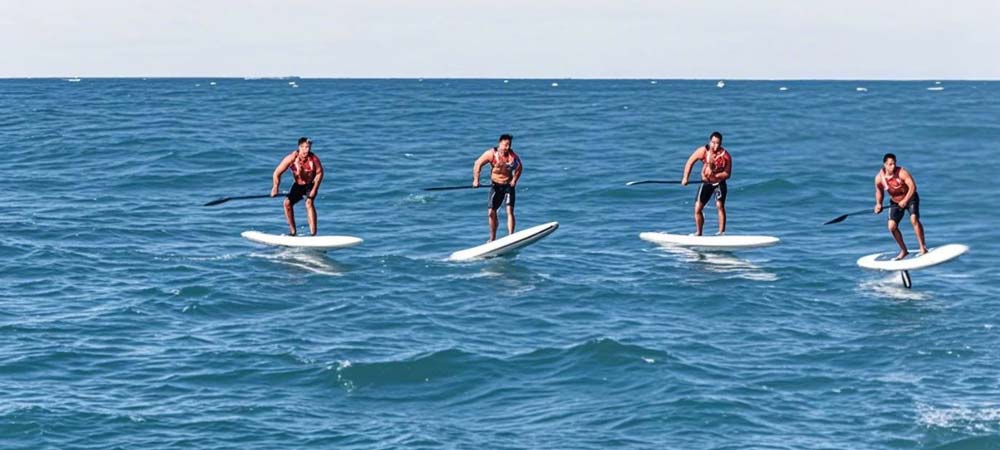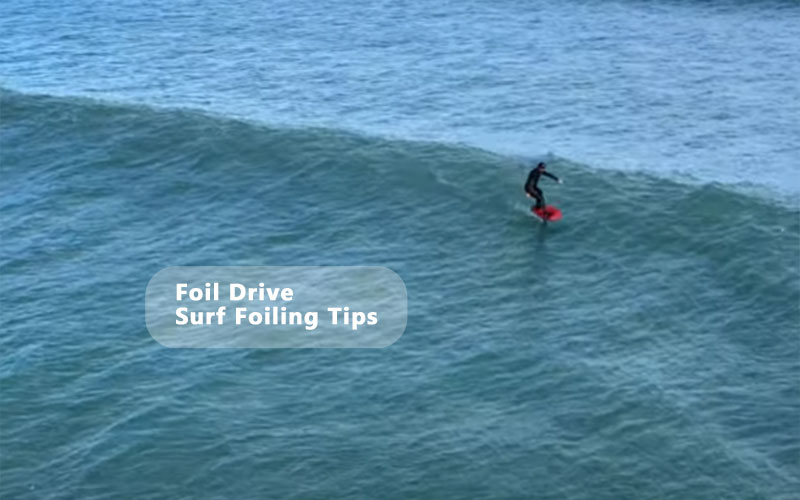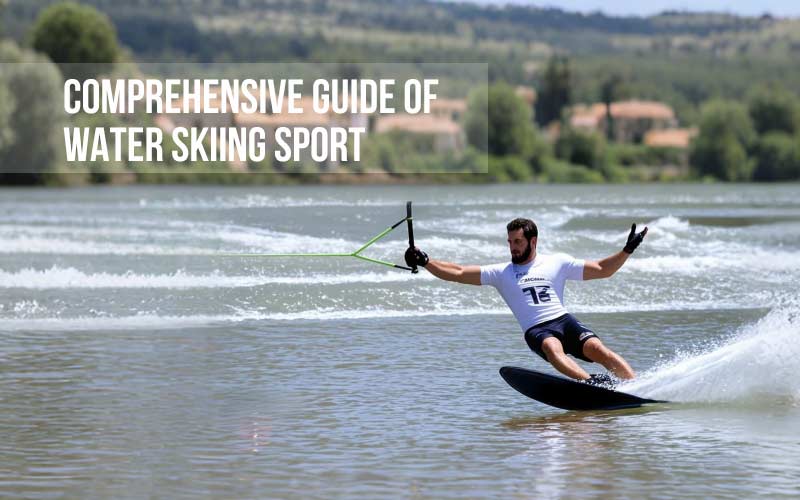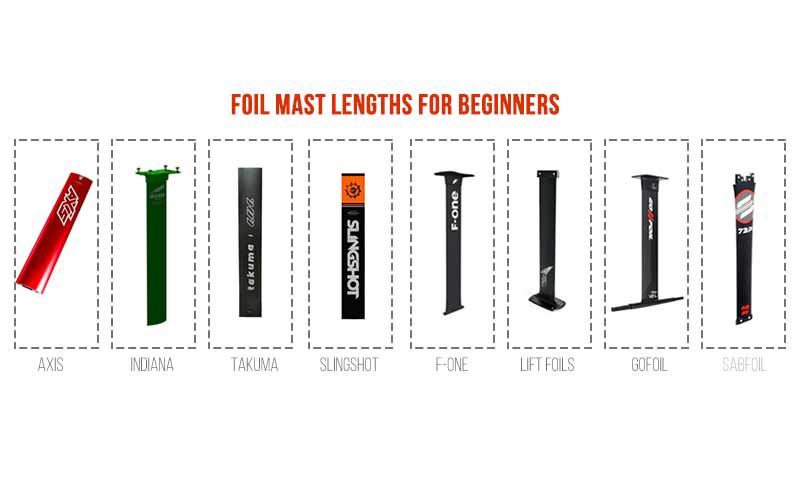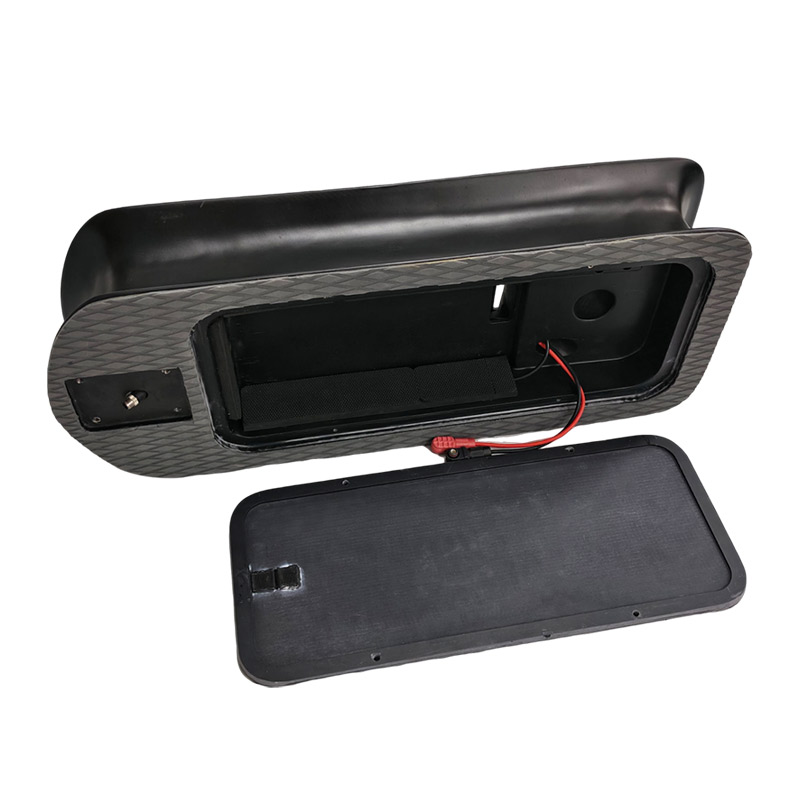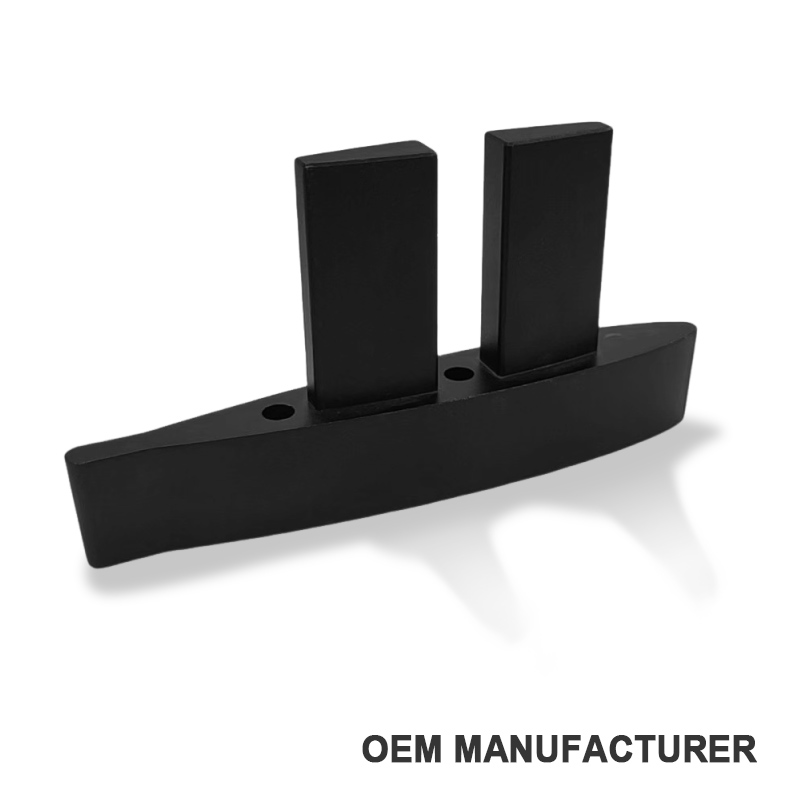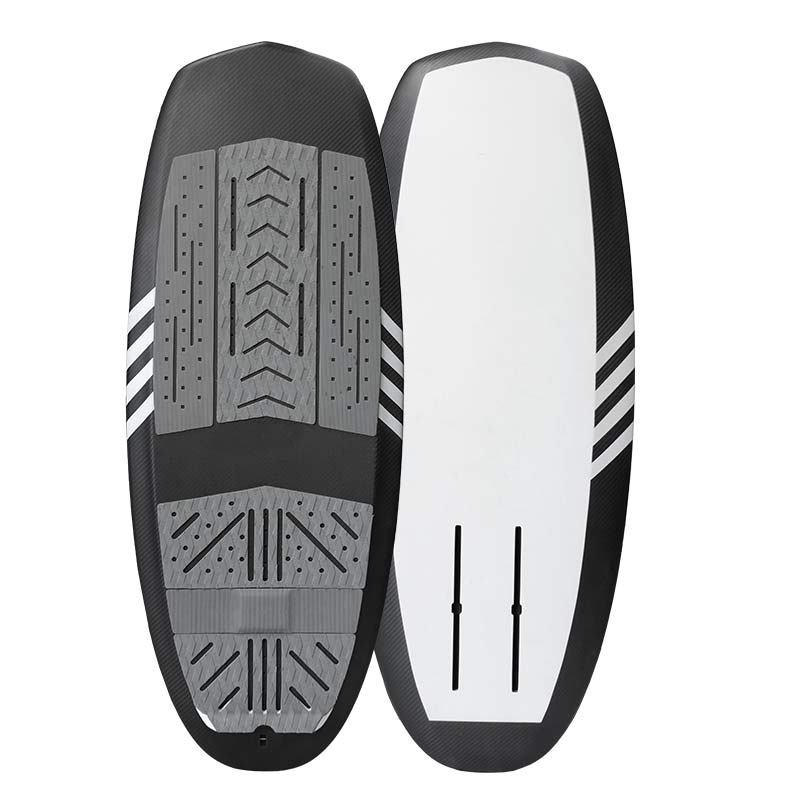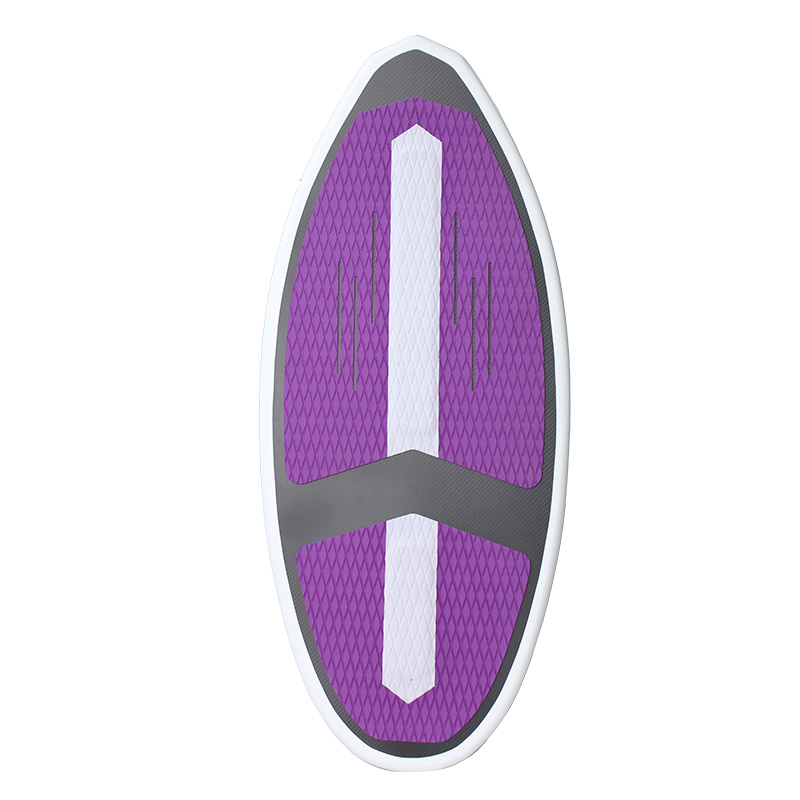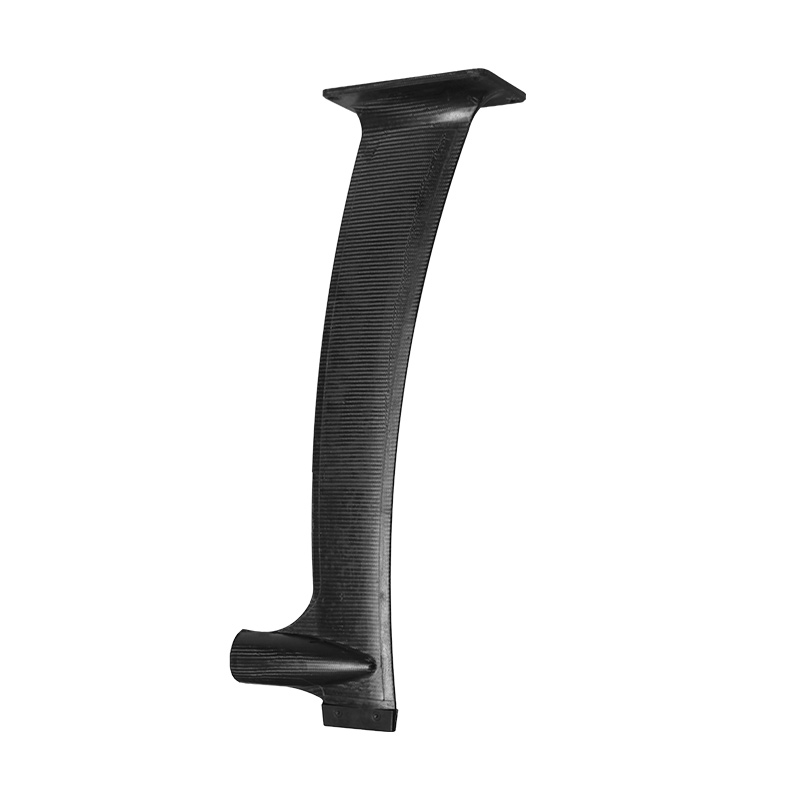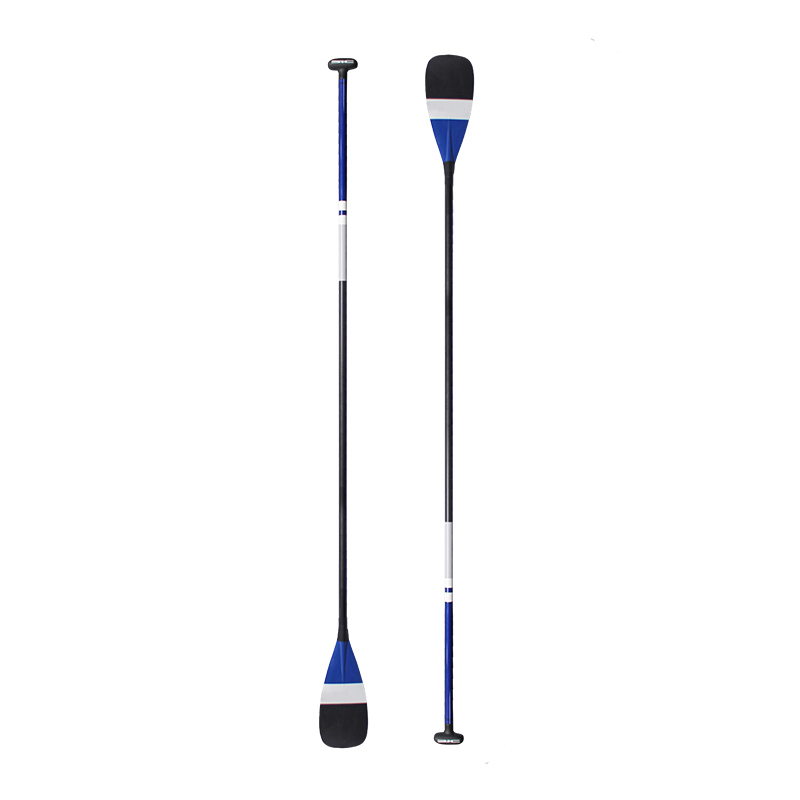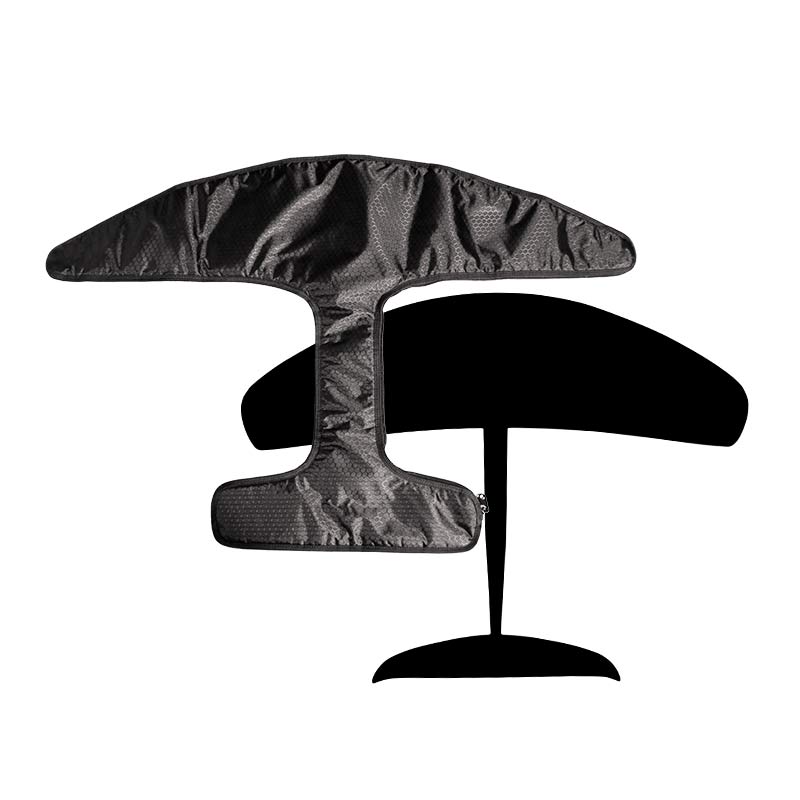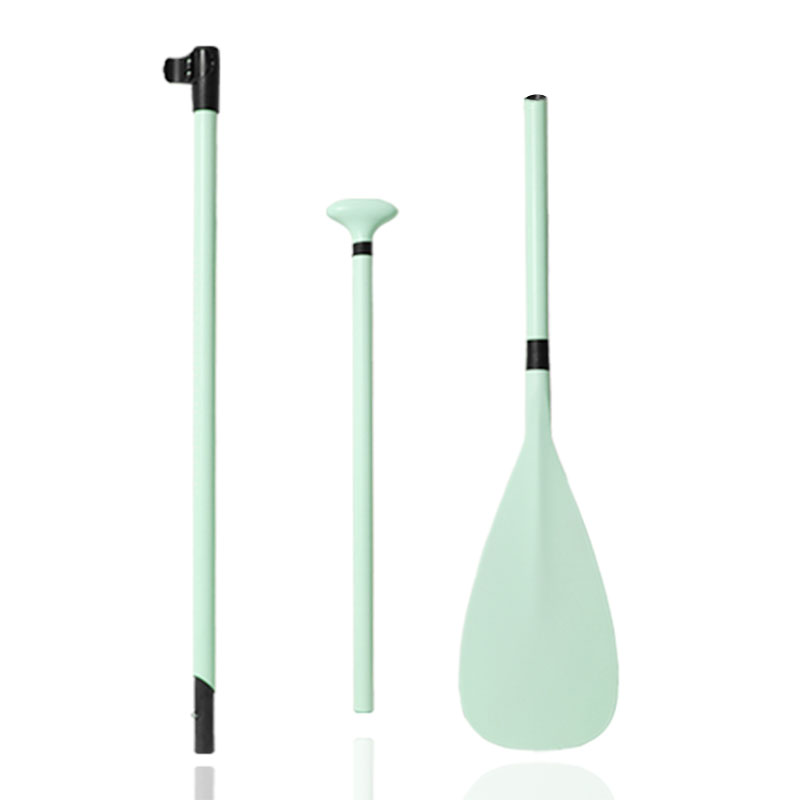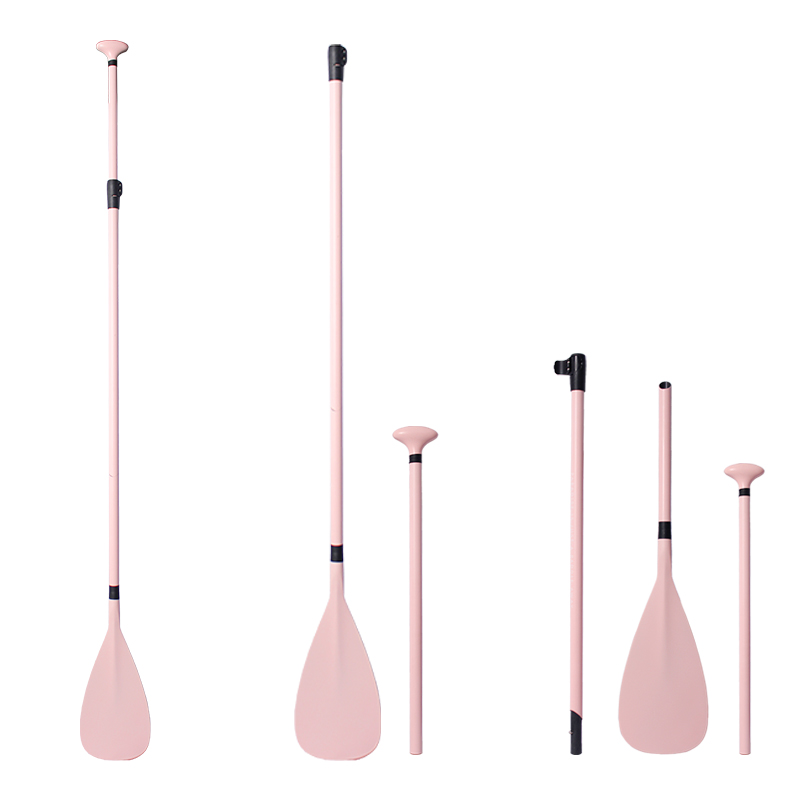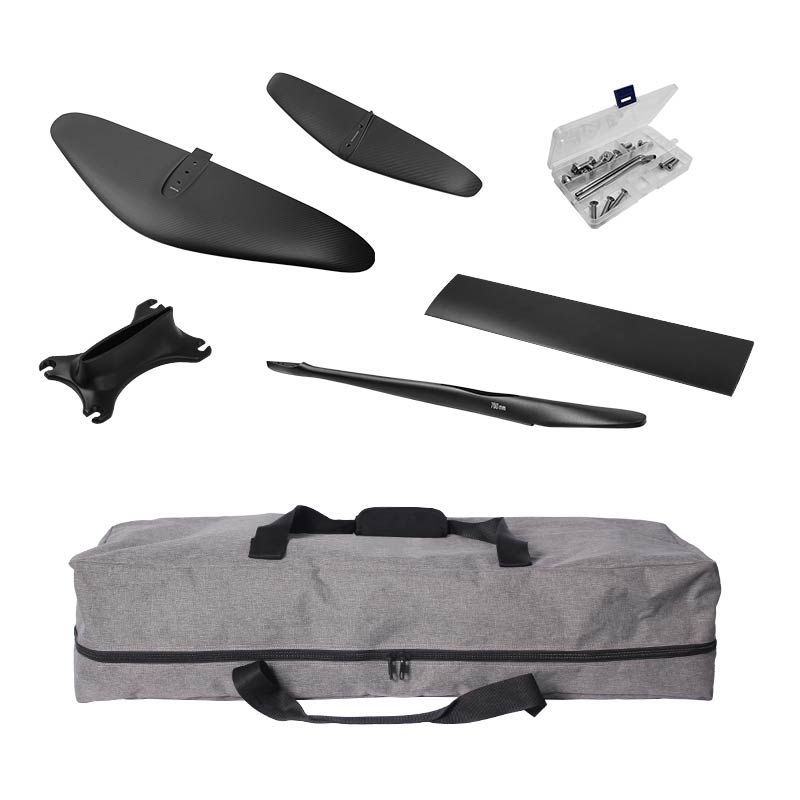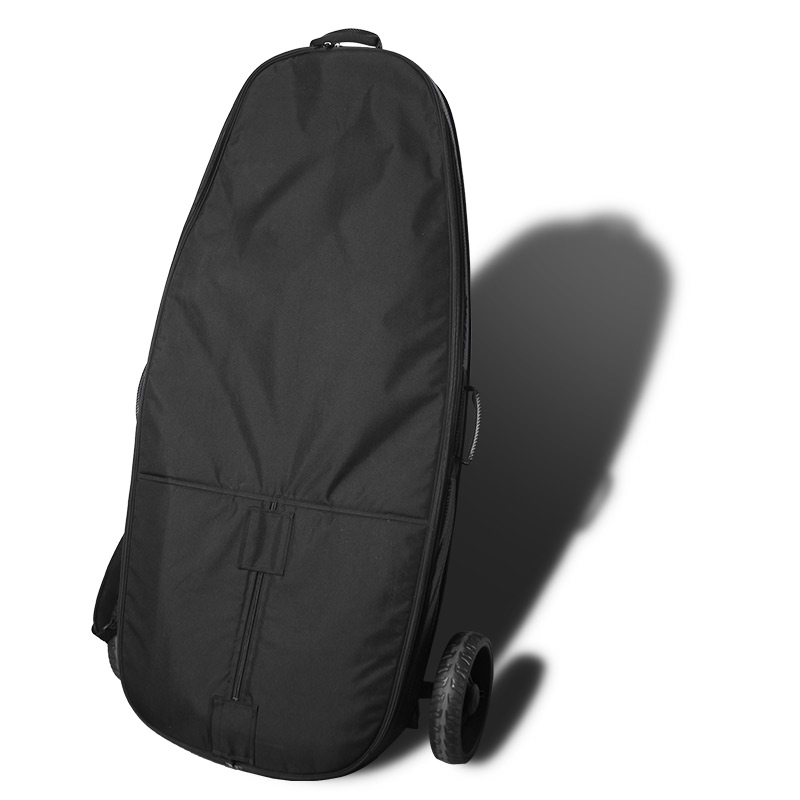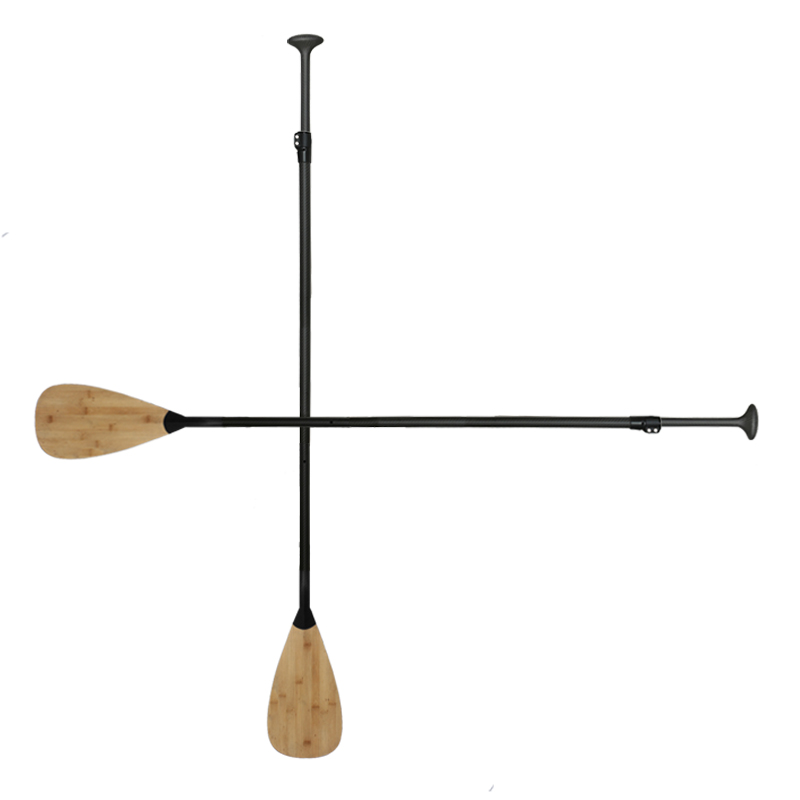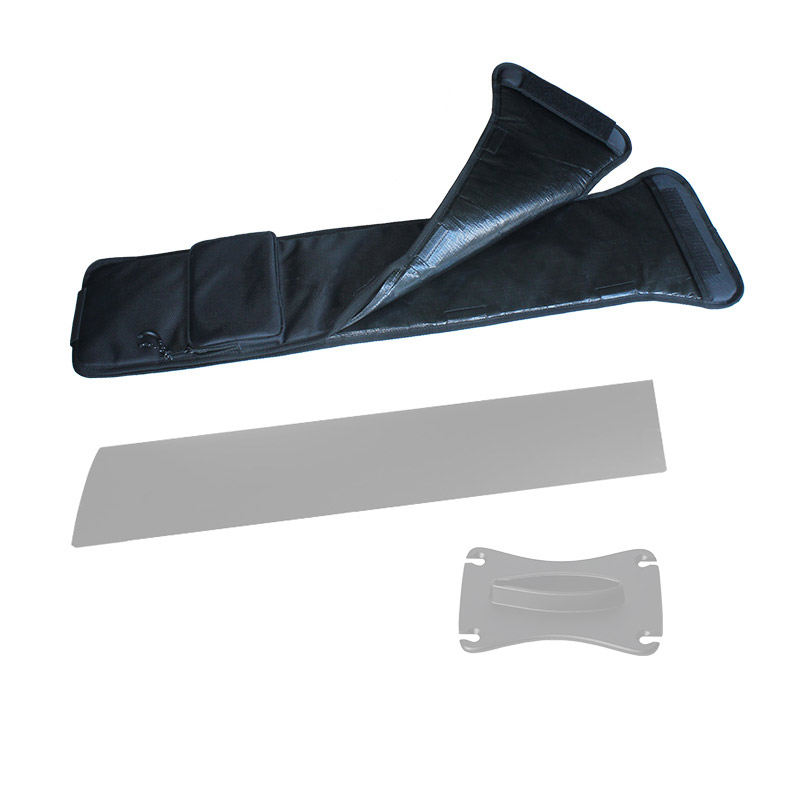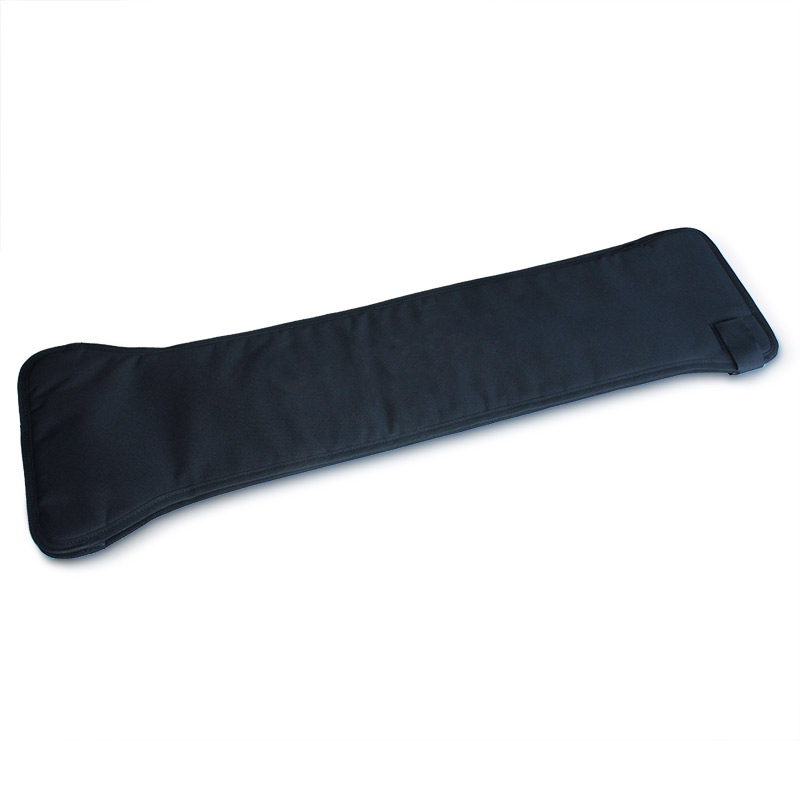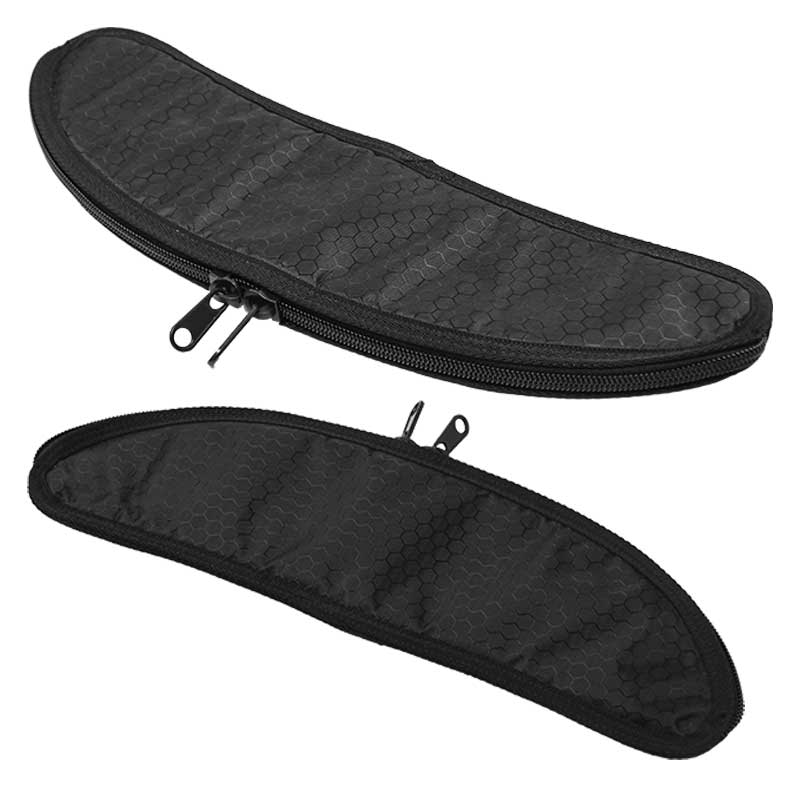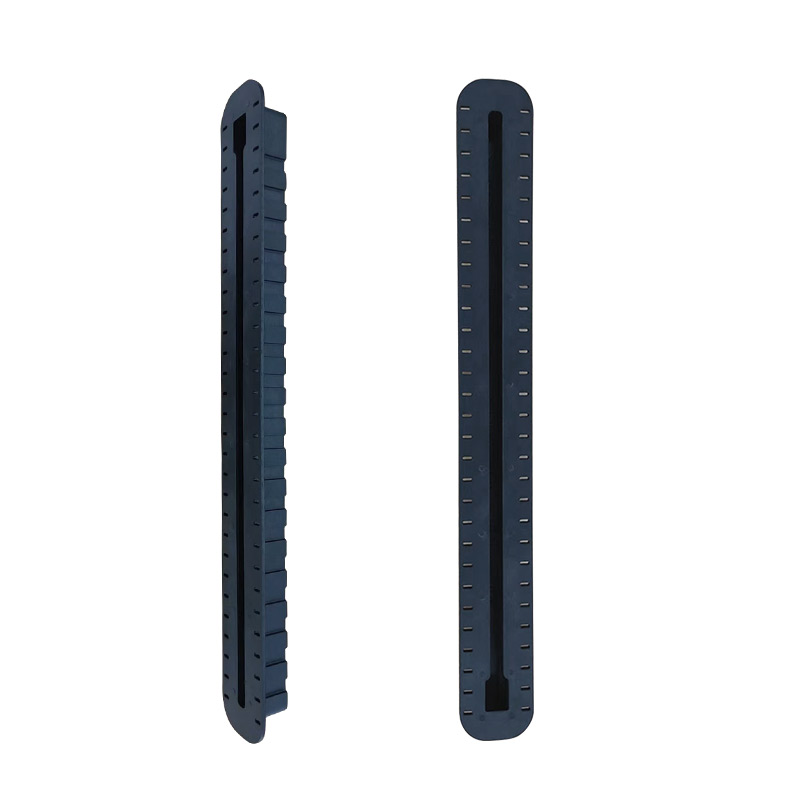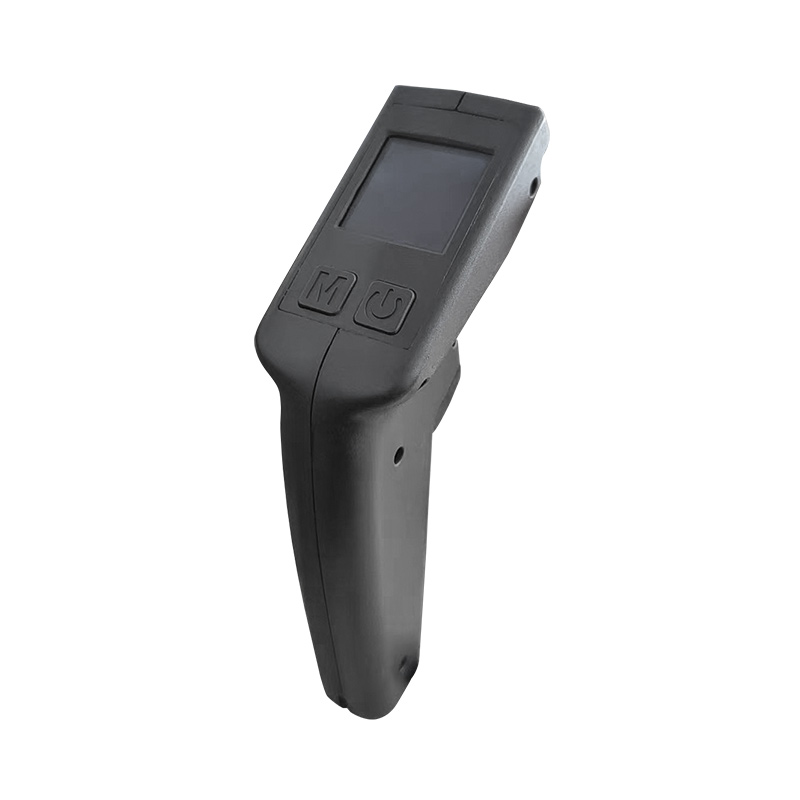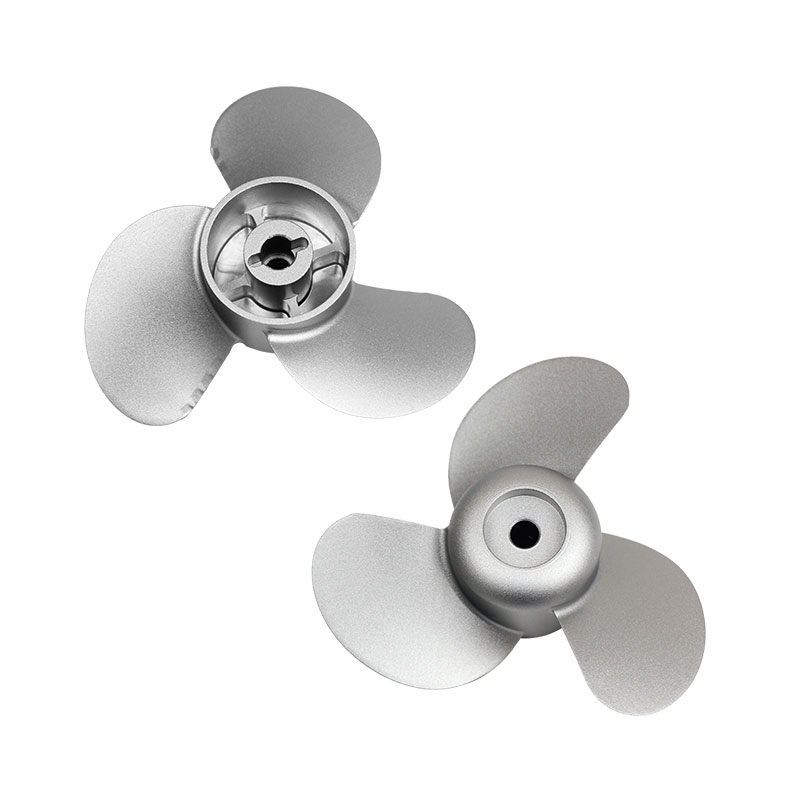A good surfboard fin can significantly enhance the performance of a surfboard, and people change their fins almost every day based on different wave conditions to get the most out of their board. Most people focus on choosing and changing surfboards, but they don’t realize the huge impact of combining the surfboard, surfboard fin, wave conditions, and your surfing style—this is where the real difference is!
When choosing the right tail fin, you need to consider your weight, surfing style, and the shape of your surfboard’s fin box. The following four steps can help you clearly decide what type of tail fin to choose! Today, we will tell you about what surfboard fins we should get. I hope it will be helpful for you.

Choose the fin structure based on your fin box
The type of Surfboard Fin structure you choose depends largely on the design of your surfboard’s fin box. The fin box is the slot or cavity on the board that holds the fin in place, and the configuration of your fin box will determine the types of fins you can use. Here’s how to match the right fin structure with your surfboard’s fin box
Longboard/Medium Board
Longboards and medium boards typically use a single fin (single fin) or a 2+1 setup, which consists of a center fin with two side fins closer to the rail. The center fin is usually larger than the side fins.
Single Surfboard Fin Configuration
Flex: The base is wide, and the fin tapers towards the tip. It typically has more flexibility, providing a bouncy and relaxed feel, which enhances turning performance on longboards. The total surface area of the tail fin is smaller, allowing for more aggressive tricks, giving it a bit of a shortboard feel.
Cutaway: The fin body is partially cut away, with a narrower base. When used as a single Surfboard Fin, it offers slightly less drive for turns, making it more suitable to pair with side fins to increase drive and maneuverability.
All-around: This fin has a balanced shape and is versatile, often used in a 2+1 setup. It provides stability during cruising and paddling, while offering smooth turns and longer lines. It performs well across various board types and wave conditions.
Pivot: With a more vertical tilt, this fin is ideal for noserider-style boards. It stays firmly planted in the water, preventing the tail from sliding during board rides, and allows for quick directional changes when retreating towards the tail.
Hatchet: Designed by Dewey Weber, this Surfboard Fin sits between the Pivot and D-type fins. It combines the smooth, fast straight-line speed of the D fin with the stability of the Pivot fin during board rides.
Stage-6: Designed by George Greenough for windsurfing and later adapted for surfing. The short base reduces drag, maintaining maneuverability, while the wider tip and taller height offer stability and flexibility during board rides.
D: A large retro fin that became popular in the 1960s. It has a particularly wide base and shorter height, making it less stable during board rides and harder to turn, but it excels in providing smooth, fast straight-line cruising.
2+1 configuration
The 2+1 configuration is also a common setup for longboards, designed to improve stability in bigger waves by adding two side fins (sidebites). This setup is often seen on performance longboards. The All-around, Cutaway, and Flex Surfboard Fins are popular choices for the center fin in this configuration.What’s more, the middle fin uses a Future fin box, while the other fin boxes are usually for FCS fins (same as shortboards).

Shortboard
Shortboards offer more options, with fins ranging from 2 to 5. The most common configuration is 3 fins. Many boards now feature 5 fin boxes, which makes it easier to mix and match.
Twin-Fin Configuration:
The regular Twin-fin (or Twinny) is similar in size to a regular tri surfboard fin but with a wider base, slightly taller fins, and a greater angle of rake. It’s fast, smooth, and offers a skateboard-like feel, making it a classic setup for fish boards. The Keel-fin, which is a variation of the Twin-fin, has a longer base and slightly shorter fins. It provides more drive and stability, offering a vintage, flowing, and elongated line, commonly found on retro fish boards. This setup is fun, responsive, and ideal for fish boards, even performing well in larger waves.
Tri-Fin (Thruster) Configuration:
The regular Thruster setup consists of two side Surfboard Fins and one center fin (stabilizer), with all fins generally similar in size. This configuration compensates for the stability loss of the Twin-fin setup, optimizing control and maneuverability. It’s the most common configuration found on modern shortboards. The Bonzer-3 setup, designed by the Campbell brothers, uses two wide, short side fins and one large center fin.
Often paired with a unique bottom contour, the Bonzer-3 setup is known for speed and precision edge control, providing a fast, smooth ride with exceptional handling. This setup works well on all board shapes and sizes, offering great stability, control, and maneuverability, making it ideal for both beginners and experienced surfers.
Quad-Fin Configuration:
The regular Quad setup consists of a pair of slightly larger front fins and a pair of smaller rear fins. This configuration is fast and offers strong performance when carving along the rail, adding drive and control, especially in larger waves. However, it lacks the central pivot point that the tri-fin setup provides. The Twinzer quad surfboard fin, designed by Wil Jobson, adds a pair of small canards (duck wings) in front of the regular Twin fins.
These canards help manipulate water flow and maximize the performance of the main fins, aiming to reduce the “over-sensitivity” of the Twin-fin setup at high speeds. Quad fins provide extra speed in smaller waves (by directing water flow to the tail) and add stability in larger waves, offering powerful turning speed.
5-Fin Configuration:
The Quad+nubster, designed by Sean Mattison, adds a small nubster fin at the back of the quad setup, offering additional stability and a pivot point to prevent the quad from feeling too loose or “skatey” at high speeds. The Bonzer-5 setup extends the Bonzer-3 Surfboard Fin design with two pairs of wide, low side fins and a large center fin. This configuration excels at speed generation and improves handling, particularly during fast moves at the wave peak.
The 5-fin setup allows you to mix and match twin, tri, and quad configurations without needing to switch boards, offering flexibility based on your style and conditions. This setup doesn’t require using all the slots; it allows you to experiment with different fin combinations to match your preferred style and wave conditions.

Choose the right size and structure
Important parameters to consider when selecting a tail fin include angle, base width, flex curve, height, shape, and the angle/tilt of the Surfboard Fin box.
- Angle refers to how far back the leading edge of the fin curves. The larger the angle, the smaller the turning radius, which allows for quicker, sharper turns. Smaller angles result in a more stable and controllable board, but with a larger turning radius and less flexibility.
- Base width is the widest part of the fin’s base, which, once installed, aligns with the board. The base width affects water resistance; if you need fast turns, choose a fin with a shorter base width.
- Flex curve affects the board’s performance significantly. Stiffer fins are more stable and controllable, suitable for all skill levels. Softer fins allow for quicker turns and a livelier feel but are less stable.
- Height measures the distance from the base of the fin to its highest point. Taller fins make turning easier, while shorter fins provide less drag and make the board more slippery for turning.
- Shape refers to the exterior and interior contours of the fin. Thinner towards the tip and thicker towards the base, the shape affects water flow and performance. Symmetrical center fins (50/50) provide stability, while the outer fins often have a convex outer surface and flat or curved inner surface.
- Fin box angle is the angle between the side fins and the board’s centerline. Side fins are usually angled toward the centerline, which puts more pressure on the outer side of the fin, improving responsiveness.
- Tilt refers to the angle of the fin relative to the board’s bottom. A fin perpendicular to the board’s bottom increases speed, while fins angled at 90° or more enhance the feedback speed and connection between the rider and board, especially when turning. Smaller tilt angles increase power and acceleration but make the board stiffer. Larger angles make the board more flexible.

Surfboard Fins Material
- Plastic Fins: Commonly found on beginner boards, plastic fins are known for their safety features. The flexible and soft material minimizes the risk of injury if the fin strikes you, making them a great option for new surfers.
- Pure Fiberglass Surfboard Fins: Made from fiberglass resin, fiberglass fins are the standard material used in most surfboard fins and are the most popular type of surf fin. The flexibility of the fin can vary depending on the grade of fiberglass material used.
- Composite Surfboard Fins: These fins are made from a combination of materials, with fiberglass often being one of them. Composite fins offer a balance between strength and flexibility, making them a versatile choice for many surfers.
- High-Performance Fins: Typically designed for professional surfers, high-performance fins are often made from composite materials and tend to be more expensive. They commonly feature a honeycomb core to maintain strength while keeping the fin lightweight. The construction process typically involves Resin Transfer Molding (RTM), and some fins incorporate carbon fiber to enhance performance.
- Wooden Surfboard Fins: Primarily used for aesthetics, wooden fins are especially popular with those who ride wooden surfboards. Surfers who prefer maintaining a cohesive look between the board and the fin often choose wooden fins. These fins usually have a layer of fiberglass over the wood, with materials like plywood or bamboo commonly used for the wood.
Seek advice from experienced surfers
Keep the following tips in mind and consult with experienced surfers around you to make a well-informed fin choice.
- Pair a stiffer, heavier board with small, flexible fins and some angle for quicker feedback.
- A more flexible board works well with large, less flexible fins with a larger angle.
- When using 3 or more fins, the spread-out configuration offers more freedom for bigger turns, while tightly grouped fins provide quicker, more responsive turns.
The position of the fin relative to the tail also affects the feel of the board. Placing the fin closer to the front makes control easier, while placing it further back offers more support.
Boards with more rocker (curved surfaces) benefit from larger fins, as they help hold onto the steep wave face. Wider tail boards also perform better with larger fins.
Choose fin size based on weight
Your weight is crucial in determining the Surfboard Fin size. Every brand has its own size chart, so it’s important to check each one. If your weight is between two sizes, consider the type of board or wave you plan to ride. For example, if you weigh between Medium and Large, you may choose the Medium for small waves and the Large for bigger waves.
So, here are the recommendations about fin choice. Unity Sports is a composite surfing product manufacturer, if you have production requirements, welcome to contact us!
Shortboard: FCS Official Surfboard Fin Size Recommendations Based on Rider Weight
- X-S: < 55kg
- S: 55-70kg
- M: 65-80kg
- L: 75-90kg
- X: > 85kg
Longboard: For longboards, fin size selection typically follows the “1′ vs 1”” rule, meaning a 1-foot fin for a 1-inch surfboard (approximately 30.48 cm for every inch of board length).

